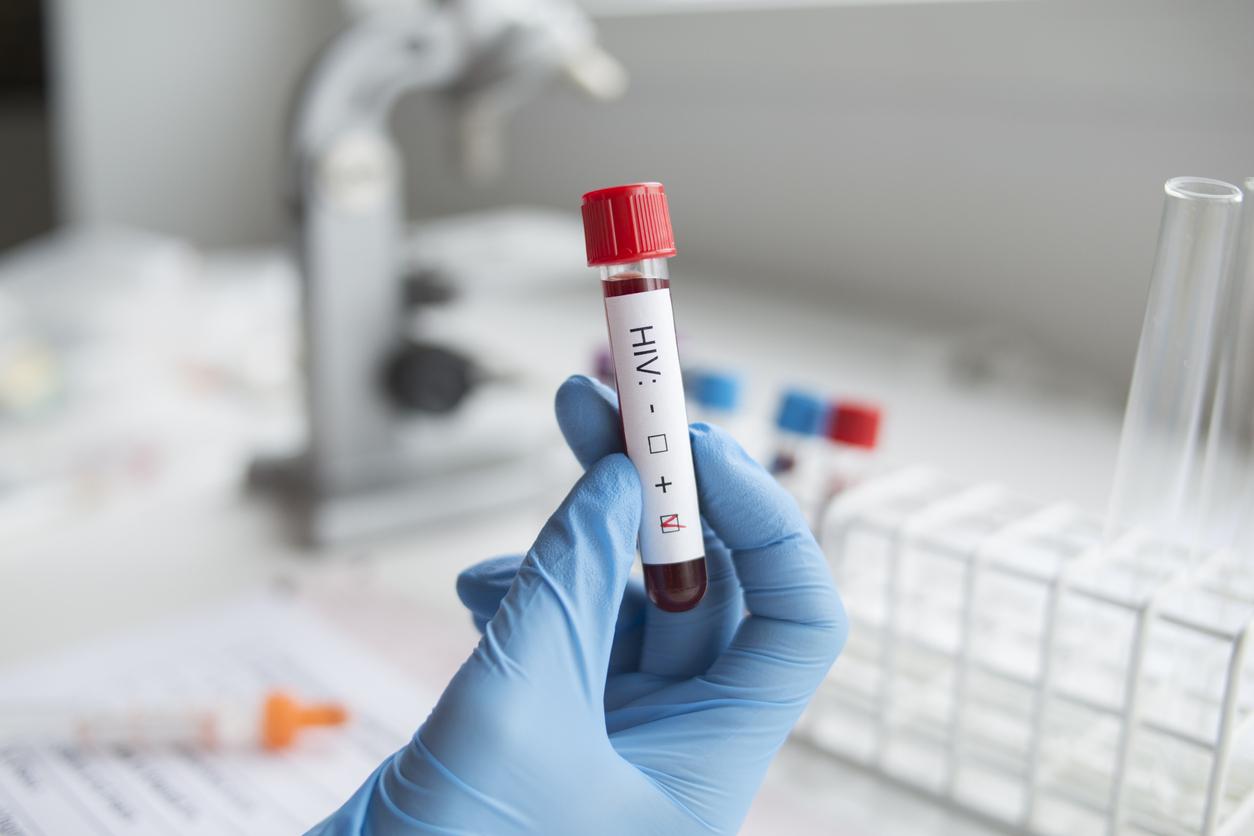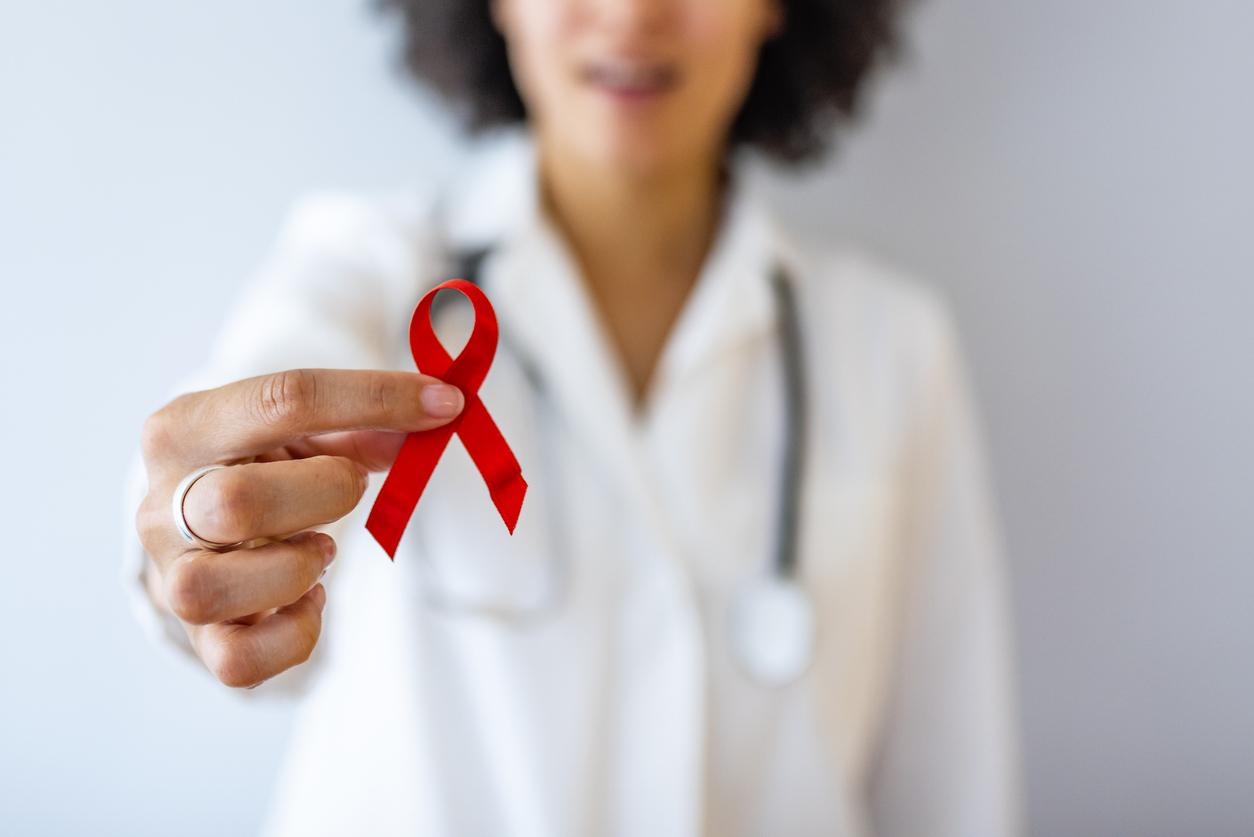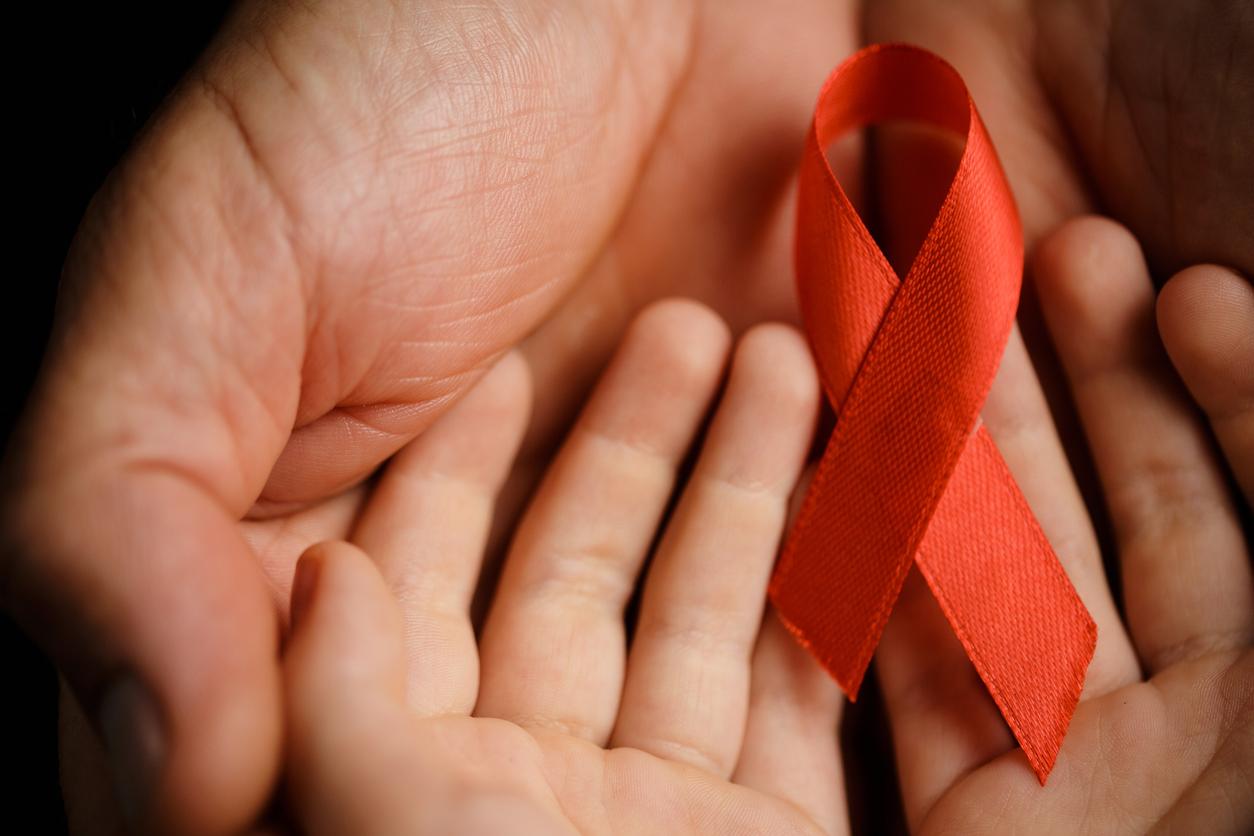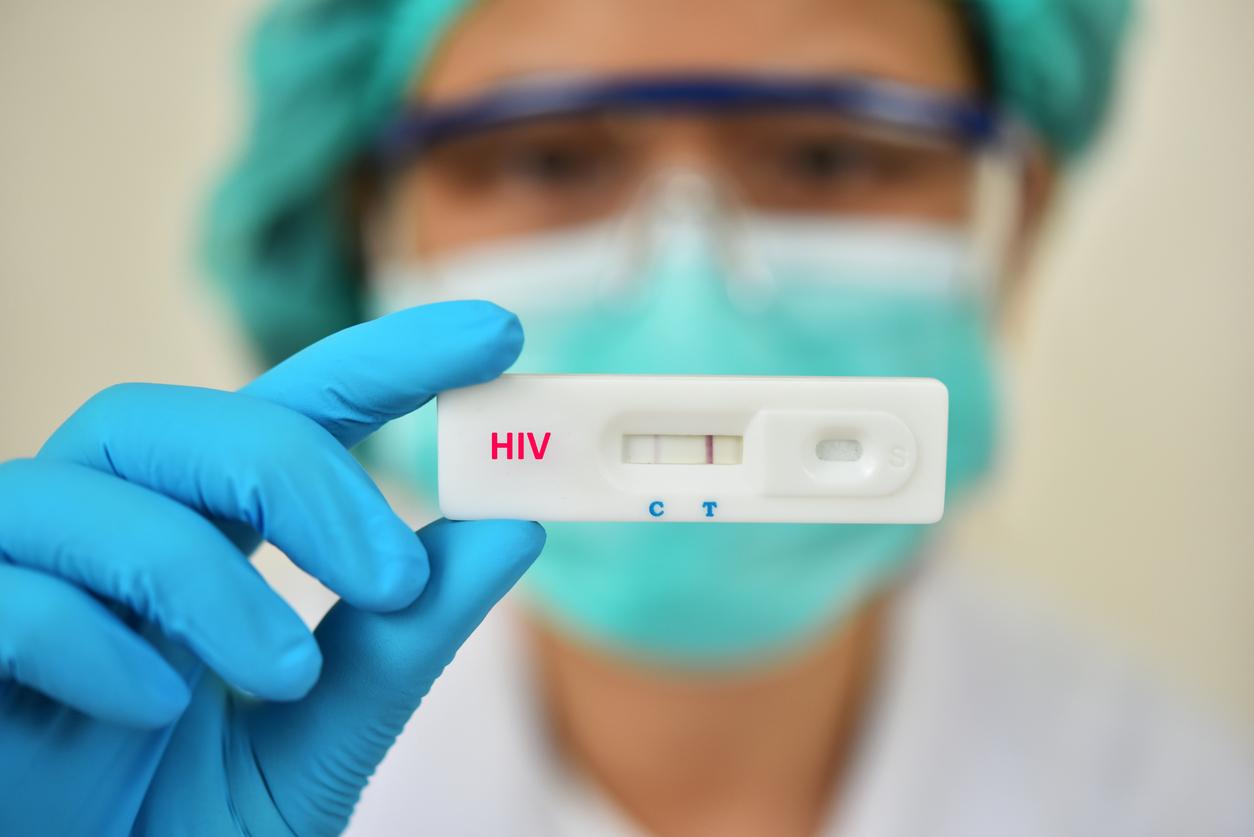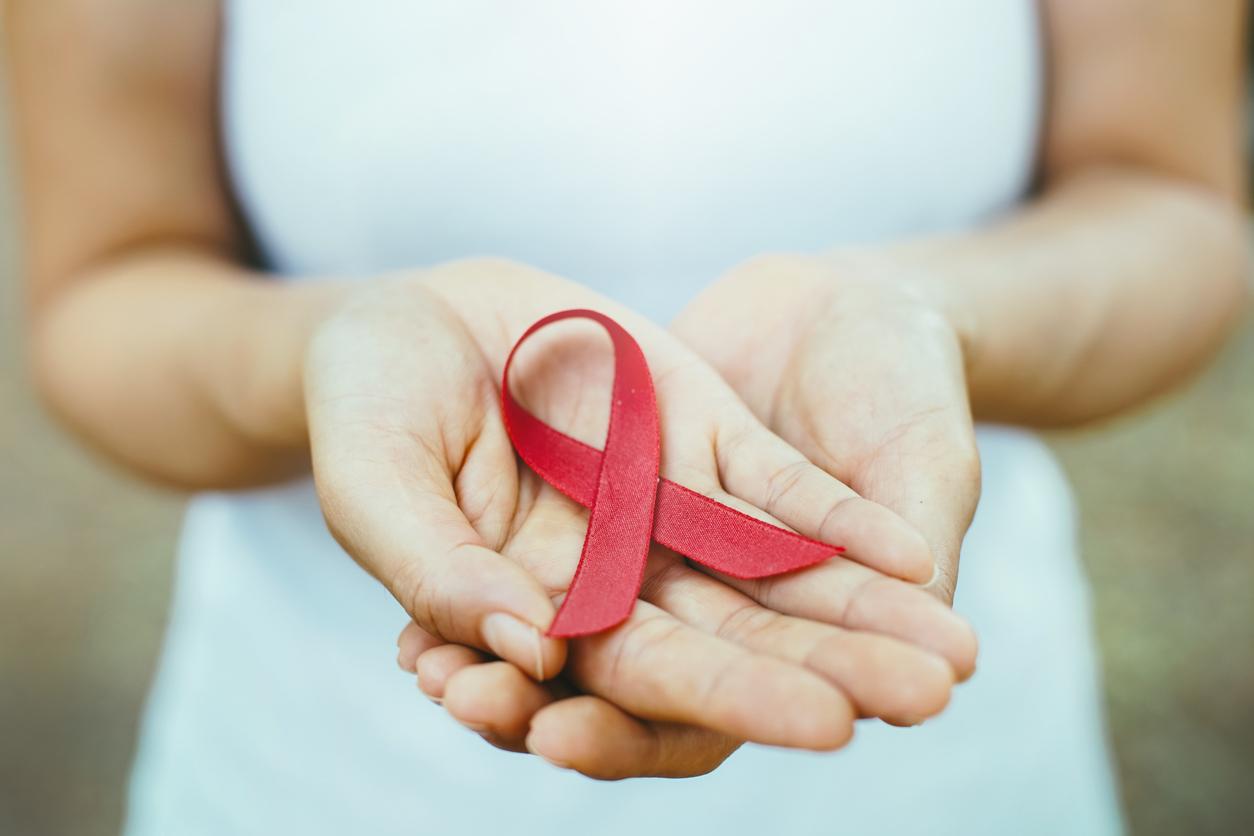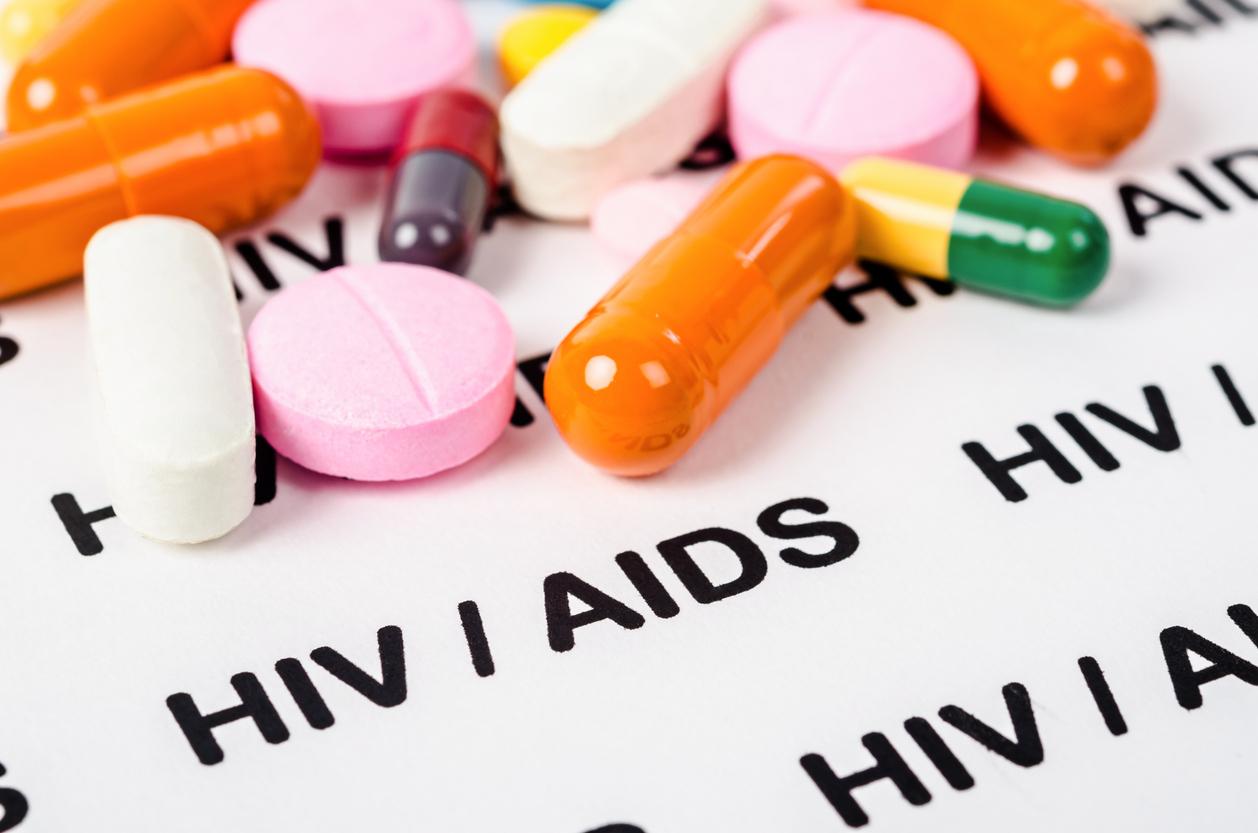
Forty years after the appearance of the first cases of AIDS in the world, UNAIDS (the Joint United Nations Program on HIV / AIDS) takes stock of global commitments to roll back the AIDS pandemic. While dozens of countries have reached or exceeded the targets set in 2016, the report nevertheless indicates that other territories are not on the right track.
Dozens of countries have met or exceeded targets
During the High Level Meeting of the United Nations General Assembly on HIV / AIDS which took place this Thursday, June 3, 2021, UNAIDS is bridging the objectives set by the United Nations General Assembly by 2016. According to its new report, dozens of countries have met or exceeded the targets, “ which proves that the goals were not only ambitious, but achievable »Underlines UNAIDS.
In the report, we learn that the number of people on treatment has more than tripled since 2010: 27.4 million people on treatment in 2020 against 7.8 million in 2010. According to experts, the treatments have prevented 16.2 million deaths since 2001. As regards the number of AIDS-related deaths, it has fallen by 43% since 2010. As for the number of new infections, it has fallen by 30% since 2010 to 1.5 million people newly infected with the virus in 2020 compared to 2.1 million in 2010.
Inequalities continue to amplify the impact of the HIV pandemic
According to the data, at least 40 countries are on track to achieve a 90% reduction in AIDS-related mortality by the year 2030. While the number of AIDS-related deaths has declined globally since 2010 , the report indicates, however, that new infections have increased in Eastern Europe and Central Asia but also in the Middle East / North Africa and Latin America. According to UNAIDS, countries with progressive laws and policies and strong, inclusive health systems have performed best against HIV. This shows, once again, that inequalities continue to amplify the impact of the HIV pandemic.
During a press conference, the executive director of UNAIDS, Winnie Byanyima declared: “We must do more” especially as the Covid-19 pandemic could disrupt access to health services and thus widen more inequalities among populations, as the report explains: ” In some places, previous gains are reversed, and Covid-19, conflicts and humanitarian emergencies have created additional hardships. Across all regions, the most vulnerable and stigmatized populations are most often left behind “.
New goals to be achieved by 2025
To catch up and end AIDS by 2030, the global community united around the cause of AIDS and UNAIDS have set new goals to be achieved by 2025. In a press release, the Joint Program of United Nations on HIV explains that in achieving these goals, “ HIV services will be provided to 95% of those in need, annual HIV infections will be reduced to less than 370,000 and AIDS deaths to less than 250,000 by 2025 “.
It is in this context that UNAIDS urges the United Nations General Assembly to commit to the goals of a new political declaration on HIV / AIDS at the Fifth High-level Meeting of the General Assembly. on AIDS, which will take place from June 8 to 10, 2021.








